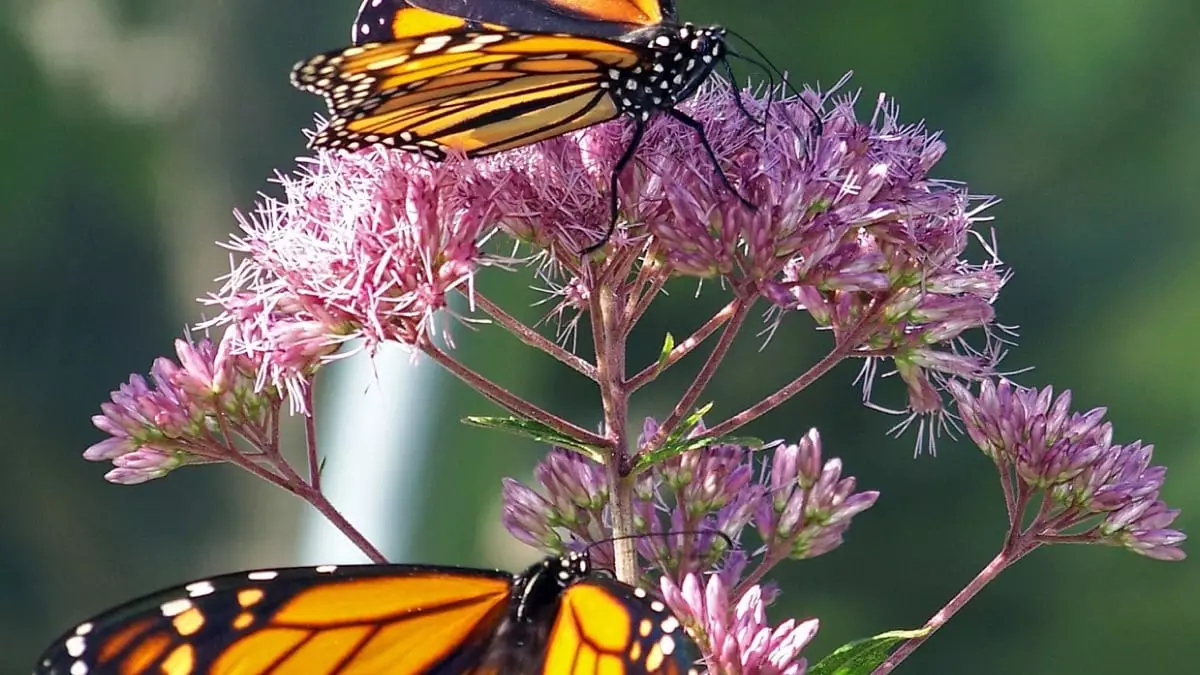The delicate balance of nature is increasingly under threat due to climate change, and the iconic monarch butterfly is among the species facing possible extinction. These butterflies are reliant on the oyamel fir forests in central Mexico for hibernation during the winter months. Alarmingly, predictions suggest that if proactive measures are not taken, these vital ecosystems could completely disappear by the end of the century. This scenario drives innovative ecological projects aimed at preserving not only the monarch butterflies but also the biodiversity of their specialized habitats.
In response to the escalating threat, researchers have launched a visionary project that involves transplanting oyamel fir trees (Abies religiosa) to new locations that promise a better chance for survival. The initiative involves planting young trees roughly 100 kilometers away from their native habitats into varied altitudes to adapt to shifting climatic conditions. Early findings from this ambitious undertaking are encouraging: a substantial number of these saplings are successfully establishing roots and showing resilience, signaling a potential lifeline for the butterflies they support.
Prominent ecologists like Karen Oberhauser, affiliated with the University of Wisconsin–Madison, highlight the pressing need for such relocation strategies as a countermeasure to environmental changes. Oberhauser underscores the importance of enabling tree species to migrate, thereby allowing ecosystems to adapt organically to the changing climate. The collaboration of various stakeholders, including the Indigenous community, has been instrumental; together, they seek to combat the adverse effects of climate variability.
The research team has identified specific elevations for planting—between 3,100 and 3,500 meters—within the Monarch Butterfly Biosphere Reserve. Through systematic planting efforts, they established around 960 young oyamel fir trees on the Nevado de Toluca volcano, which serves as a more climatically suitable environment. Though the saplings planted at higher altitudes are smaller in size, an impressive 80 percent survival rate after three years provides optimism for the overall health of the newly formed forest.
As the project progresses, challenges remain in garnering sufficient support from both local communities and governmental entities. Engaging these groups is crucial for the longevity of the initiative, given the interconnectedness of the lives that depend on these ecosystems. A particularly pressing concern is whether migrating monarchs will even find these new habitats. Preliminary observations from the winter of 2023–2024 show that some monarchs have begun venturing beyond traditional territories, illustrating their ability to adjust behaviors in response to ongoing climatic shifts.
Concluding Thoughts
The initiative to cultivate new oyamel fir forests represents not just a survival tactic for monarch butterflies but a larger commitment to ecological stewardship in the face of climate change. As researchers continue to monitor these developments, the success of future migratory patterns and the overarching health of these new habitats will significantly influence conservation strategies going forward. Ultimately, such innovative projects highlight the critical need for a proactive, collaborative approach to protecting indispensable ecosystems worldwide.


Leave a Reply